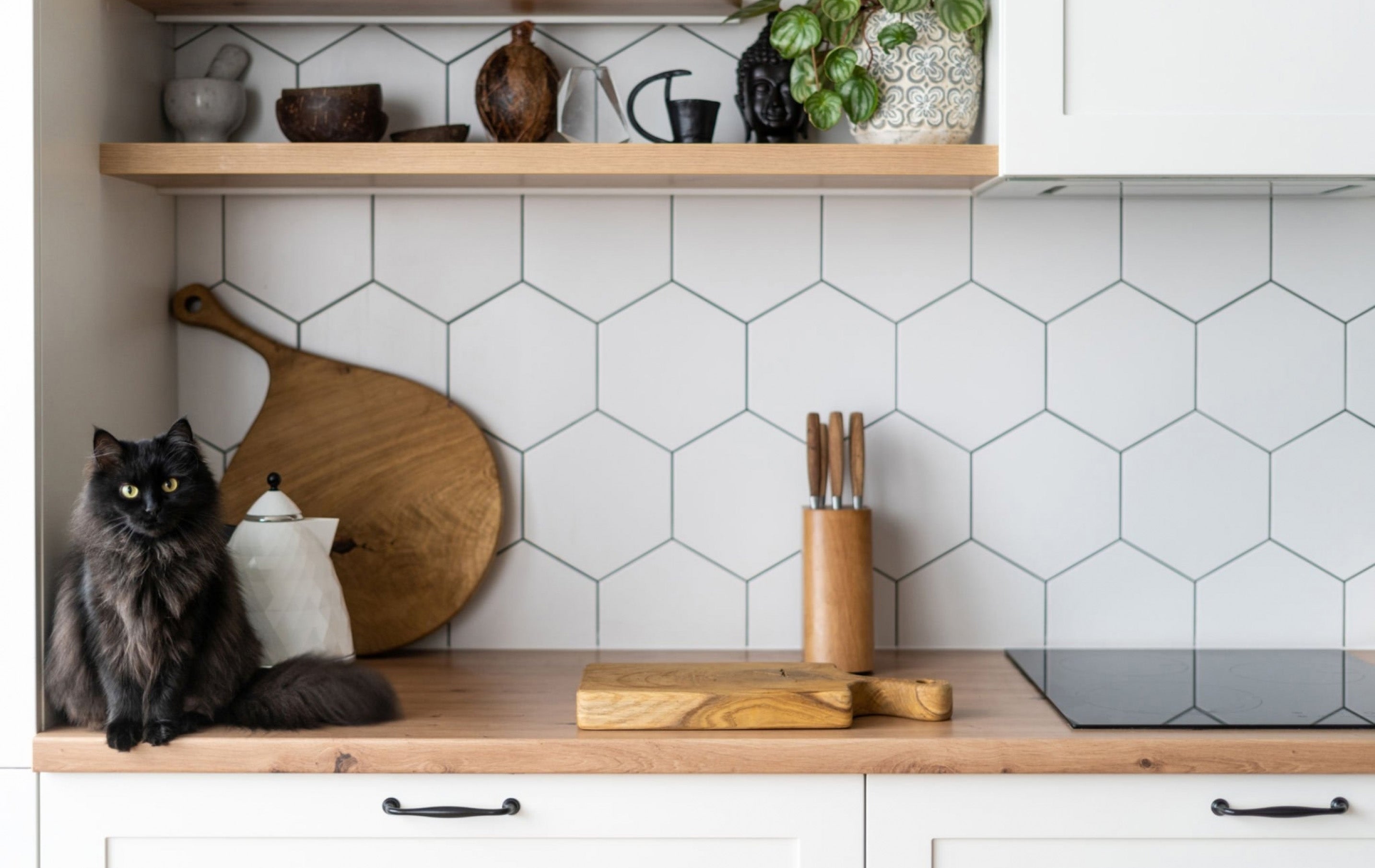Ceramic cooktops -- sometimes called glass cooktops or smoothtops -- are the latest and greatest way to stir up sauces and sear your favorite veggies.
Though they're not exactly a brand-new technology, these appliances get more convenient and more efficient every year. With faster heating than gas, more cooking power than electric coils, and a sleek, low-profile look, ceramic cooktops are the perfect balance of form and function. But what are ceramic cooktops, and how do they work? Before you upgrade your kitchen with one of these powerhouses, here’s the lowdown on the options available and how they can each make your life a little easier.
-- Ceramic Cooktops Recomman
How does it work?
Ceramic cooktops contain coiled metal elements under the tempered ceramic glass. These elements are electronically heated to the desired temperature. This coil then heats the ceramic surface and, consequently, warms the pan.

Ceramic cooktops are a sleek and stylish option - generally the most affordable option out of all others. Powered by electricity, they are available in a range of configurations.
While they provide excellent heat-ups, they are (typically) not as efficient or effective as their induction or gas counterparts, while providing less of the precision that the others offer.
That said, they are increasingly improving in terms of the quick and even heating they provide. This can be attributed to the tightly wound heating elements that provide the heat to the ceramic - these provide better heat distribution compared to older models with more more loosely wound coils.
Pro and cons of Ceramic Cooktops
--Control
Ceramic cooktops can help you prepare food with accuracy and control.

Ceramic cooktops tend to feature digital, touch controls. As well as adding to the design value of the cooktop, this also helps you to be more precise when setting heat levels.
Other valuable features of touch controls such as child or control panel locks, timers, pause buttons and so on can be very useful for the busy householder.
But however ceramic cooktops need time to heat up, something that you may struggle with for some recipes.
--Safety
Ceramic cooktops offer a wide range of effective safety features that significantly reduce the risk of injury and damage to the cooktop.
Ceramic cooktops do retain considerable heat after cooking, however, most models now come with a residual heat indicator so you always know which zones are still too hot to touch or clean.
Certain models offer added safety features that will turn the heat off if there is a spillage or if the pan that has been placed on the cooking zone is empty. The latter of these features can prevent lasting damage and costly repairs.
--Cleaning
Most ceramic cooktops feature digital touch controls meaning they are totally flat. This is great news when it comes to cleaning the cooktop.

Most ceramic cooktops are flat, smooth surfaces which means there are no crevices for food to fall into. This in turn means that cleaning the cooktop is usually just a case of wiping it down.
However, because ceramic cooktops heat up, spilled food can bake onto the surface. It's important to wipe spills from a ceramic cooktop when safe to do so. Leaving cooked or burnt food on the cooktop will only make cleaning and maintenance harder.
--Cookware
Ceramic cooktops will accept almost all types of cookware but are less energy efficient.
Ceramic cooktops perform better when used with flat-bottomed cookware as it increases the amount of the pan that is in contact with the heat and so reduces warm up times.

